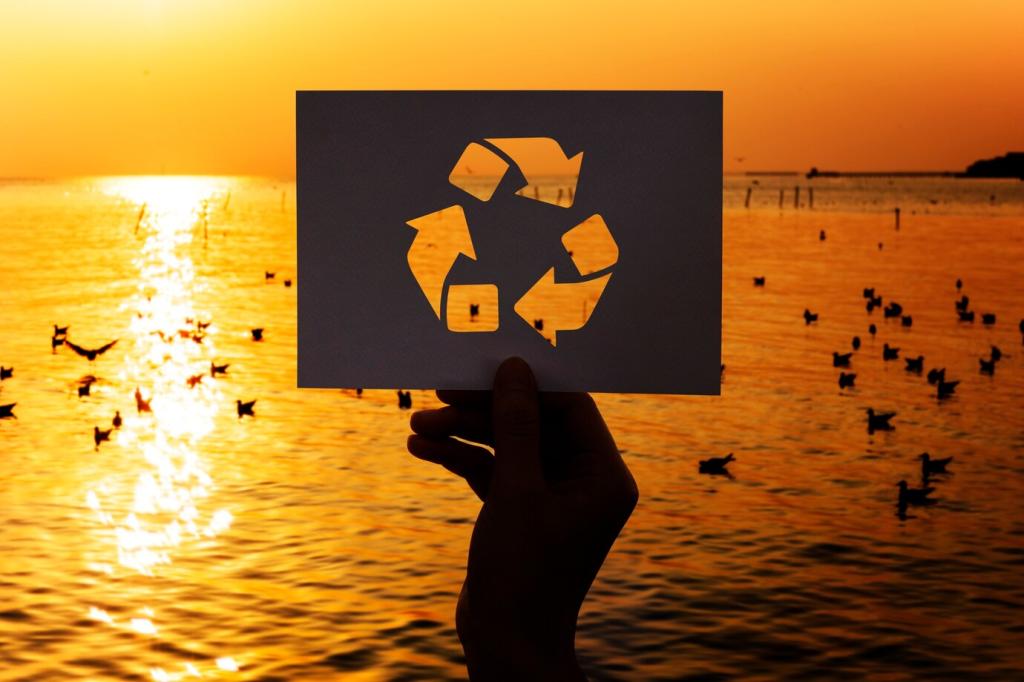Stopping Microfibers at the Source
Use a Guppyfriend bag or Cora Ball to catch shedding from synthetics. For maximum capture, install an external washer filter. Clean and dispose of collected lint in the trash, never the sink, so trapped microfibers stay out of rivers, lakes, and oceans.
Stopping Microfibers at the Source
Favor tightly woven fabrics and higher-quality knits that shed less over time. When possible, pick recycled synthetics with robust yarn construction or natural fibers for low-shed basics. Wash new garments before first wear to remove loose fibers that would otherwise shed repeatedly.





